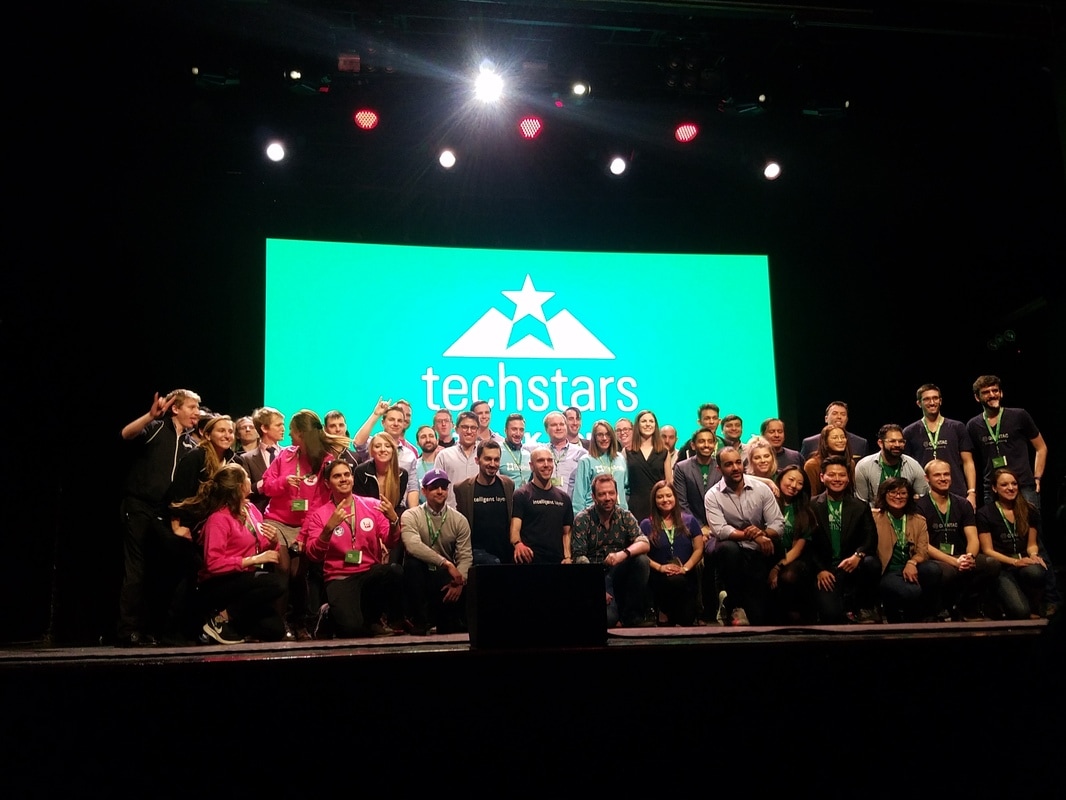How a Crappy Consumer Product Started Saving Time, money and, in some cases, lives
The Enterprise Wearable Technology Summit started off on the right foot. Thanks to the quick acting, always accommodating team at Lux Research, I was able to nab a last-minute invitation to see the biggest, brightest and most widely adopted solutions in the wearable space at 2017's close. This story takes place in Boston but begins a few years back and roughly 3000 miles west.
Google Glass started off in 2013 as a colossal launch followed by an equally as rapid, equally as colossal failure. Alphabet's moonshot seeking organization X - the same entity most recently publicized for deploying balloon powered internet over a distressed Puerto Rico - had convinced themselves that "AR was THE consumer platform of the future". Shoppers were going to engage with products in new ways; dogs would walk themselves; cars would read signs for us; blah blah blah. The only problem? They forgot to ask the consumers what they thought about the proposition. But what began as a mega flop from an otherwise unscathed heavyweight in the Valley tech scene has slowly reemerged as one of the most exciting technology platforms in all of the manufacturing space. Google Glass, a modern day Phoenix.
Given that I am a relative newcomer to the uses of AR & VR technology in the enterprise, I truly couldn't have asked for a better learning opportunity than was presented by Zach Bloomgarden and the BRAINxCHANGE team, coordinators of the EWTS. During the course of the two day conference, mega industrial players like DHL, John Deere, BASF, Cisco, GE, and Siemens presented their experiences, successes and even some failures as related to these novel technologies.
Meanwhile, the demands of these mega firms were met with exciting presentations from a handful of entrepreneurial firms helping accelerate this once nascent technology into the mainstream. A trail once lonesomely blazed by Google's most far-fetched idealist is now being set upon by hardware and software firms from around the globe. (Google, the ultimate source of FOMO for tech heads?) . Upskill, Proceedix, Realware, Vuzix, Bartec and a host of other upstarts took stage to showcase their latest developments. Ne'er to pitch without discussing what large corporates could do better to enable their "game changing" technology, they also divulged some of the challenges facing industry before adoption at scale is possible. Words and phrases like Bluetooth, solution integration, data transfer, process optimization, Six Sigma and full stack offering, the most beloved buzzphrase of all techies, flew around like Expelliarmus* spells at a Harry Potter convention.
*This isn't to say the learning was any less valuable, though as a slight aside, firms both big and small should heavily consider ditching the consultant speak for good old fashioned English. Attending a tech conference is always easier when one doesn't need to hire someone from Deloitte as a translator.
My primary objective in attending the conference was to learn more about the wins and losses experienced by companies with similar use cases to Evonik. (It is always easier to convince the boss when you can flaunt the "look what so and so is doing" card!) To that end we've begun exploring potential use cases for the technology. In doing so, as tends to be the case with any novel exploration, I've identified three primary pillars of resistance.
- Lack of integration with legacy systems and existing workflows
To keep it short, if a young(ish) startup is serious about working with large multinationals, they should have an integration strategy for other legacy, already embedded technology firms. Startups seem to loathe - justifiably so at times - the idea of working with "those old, slow, last generation tech firms". Well, big companies still view the Microsofts, Oracles and SAPs of the world as industry leading pioneers. Unless the startup's interest is changing that perception globally...one mega firm at a time, take the tip and change these integration protocols. In fact, I'll go a step further by saying this: If you don't use "out-of-box SAP and/or Oracle integrations" as standard marketing language, build it out and then build it in.
- Lack of intrinsic safety considerations for dangerous environments
The lack of intrinsically safe offerings, particularly in the hardware sections of the market, were quite surprising. And while I do have to consider my viewpoint somewhat tainted by the background of Evonik being a specialty chemical manufacturing and therefore more in-need for such safety precautions, there was clamoring from multinationals far and wide for this notched up safety certification. The value proposition is quite clear from the perspective of the startup: "Let us first show value in the non-hazardous zones, prove ROI, and save money on upfront, yet-to-be-justified product development". These companies simply have to consider that large organizations are often incentivized to avoid risks, literally the polar opposite mentality of a startup whose growth is fueled by such exposure. Therefore, the smartest startups will either come to the table with a killer app outside of hazardous zones, or they will come to the table having spent a little more time and money getting proprietary or partner network products IS certified.
On a positive note, many of the hardware vendors in attendance were all over this topic, promising 1Q2018 releases of their "IS certified headgear". Well, 2018 is here RealWear, ODG, Vuzix and Google Glass, so we are looking for you to deliver soon.
On a positive note, many of the hardware vendors in attendance were all over this topic, promising 1Q2018 releases of their "IS certified headgear". Well, 2018 is here RealWear, ODG, Vuzix and Google Glass, so we are looking for you to deliver soon.
- Lack of willingness to test / adopt novel technologies
The Third change factor that we view as incredibly easy in a certain respect but almost insurmountably hard in another is the simple change of workflow and mindset of our own colleagues. People have a resistance to new and novel things especially when those new and novel things will be worn as a part of their PPE or typical working gear. And to a certain extent I simply cannot criticize their resistance to this change. My primary go there for is to identify a use case or use cases in which the worker receives significant benefit to his daily job the company receives significant benefit from the worker having used such equipment and the company with whom Evonik chooses to collaborate also receives a benefit. I think this is the definition of a win-win-win situation and is nearly a prerequisite that I see for Evonik to adopt these Technologies.
None the less The trip to Boston was well worth it. In order for evonik to adopt these new technologies into our standard work practices we must have individuals such as myself willing to explore with other industry leaders perhaps in and outside of the chemical manufacturing industry to show where potential or realized value are hidden. Luckily this was indeed the case when seeing a number of the presentations at the ewts in Boston last month.


 RSS Feed
RSS Feed
